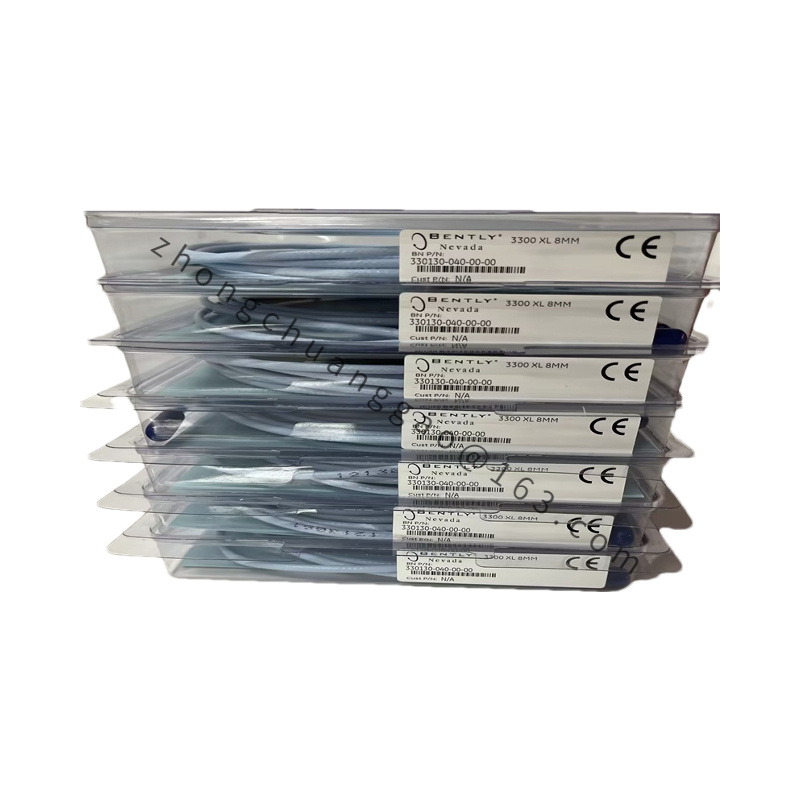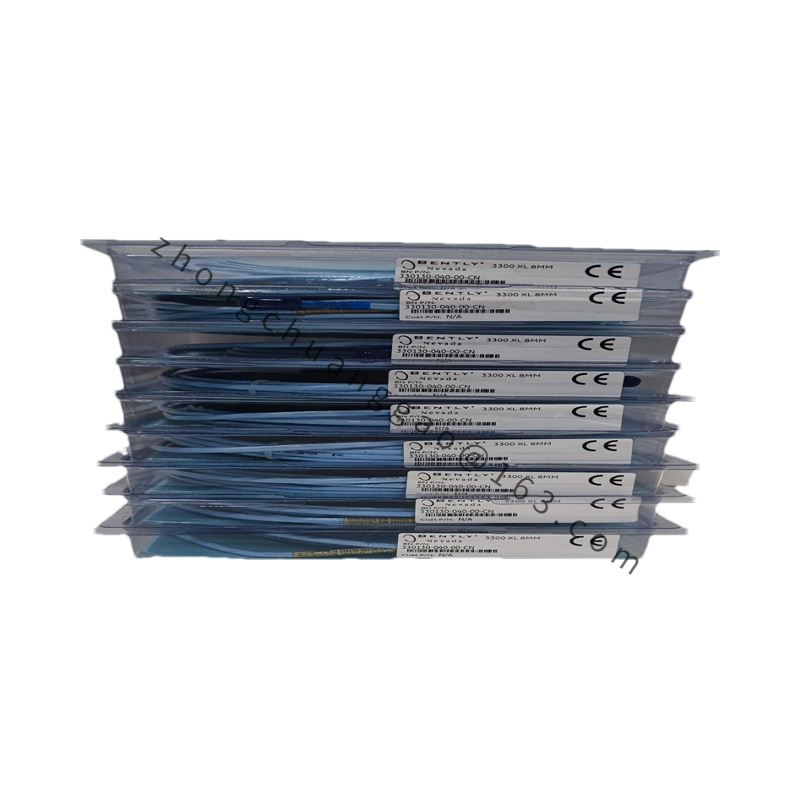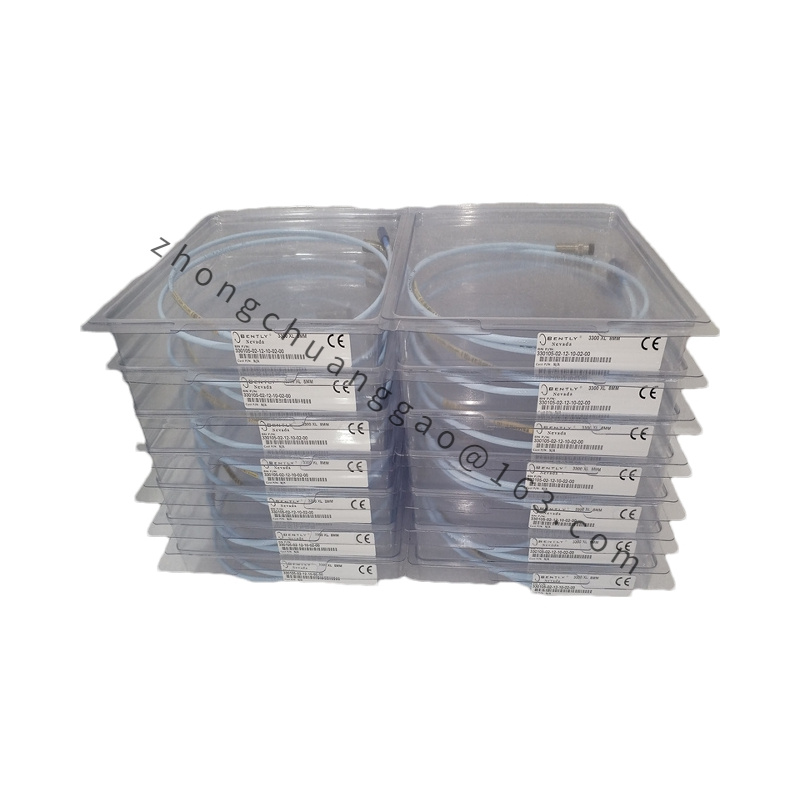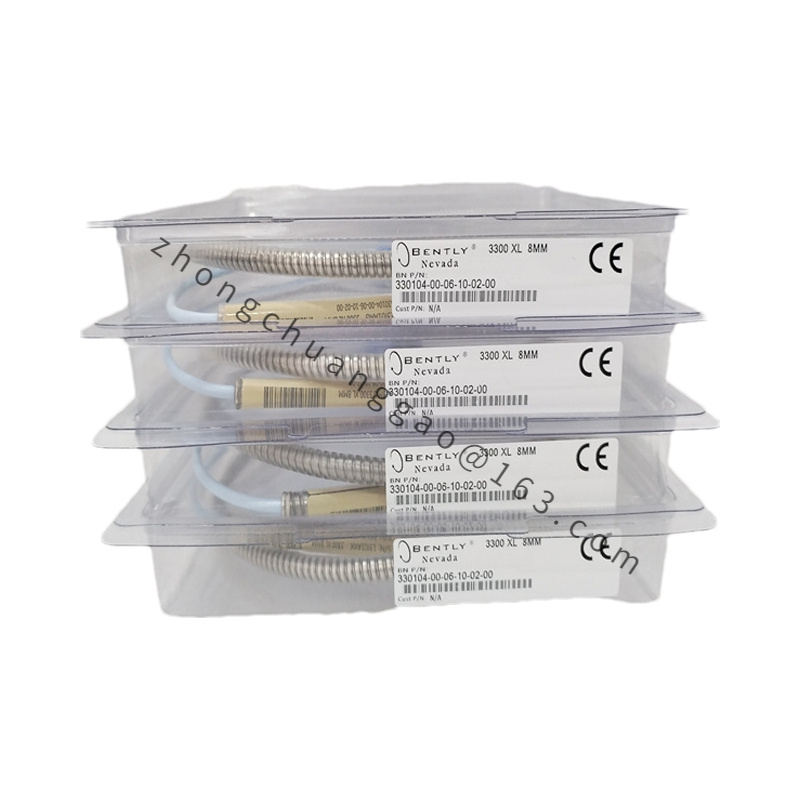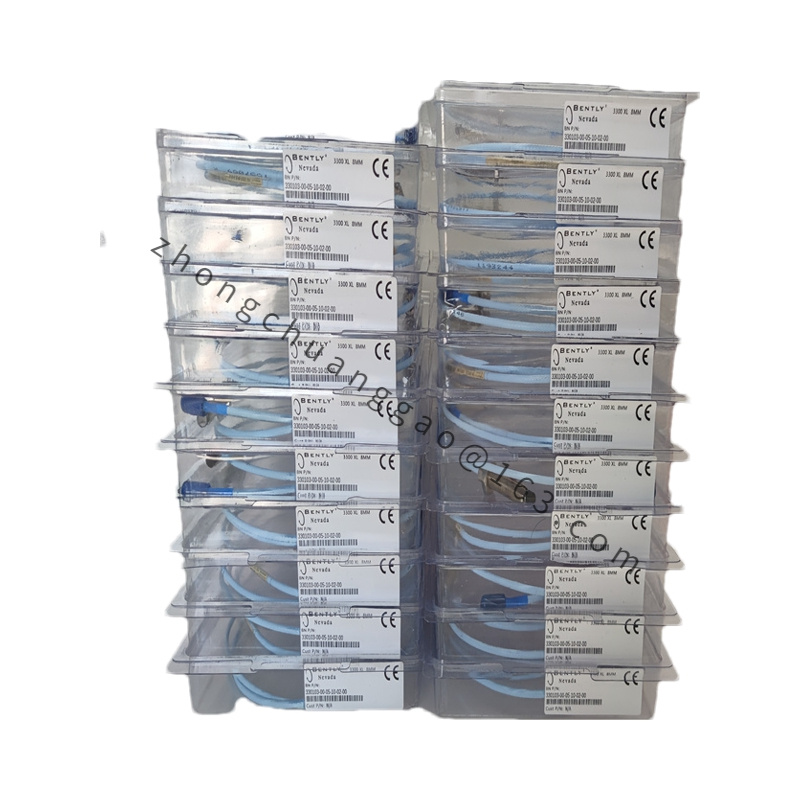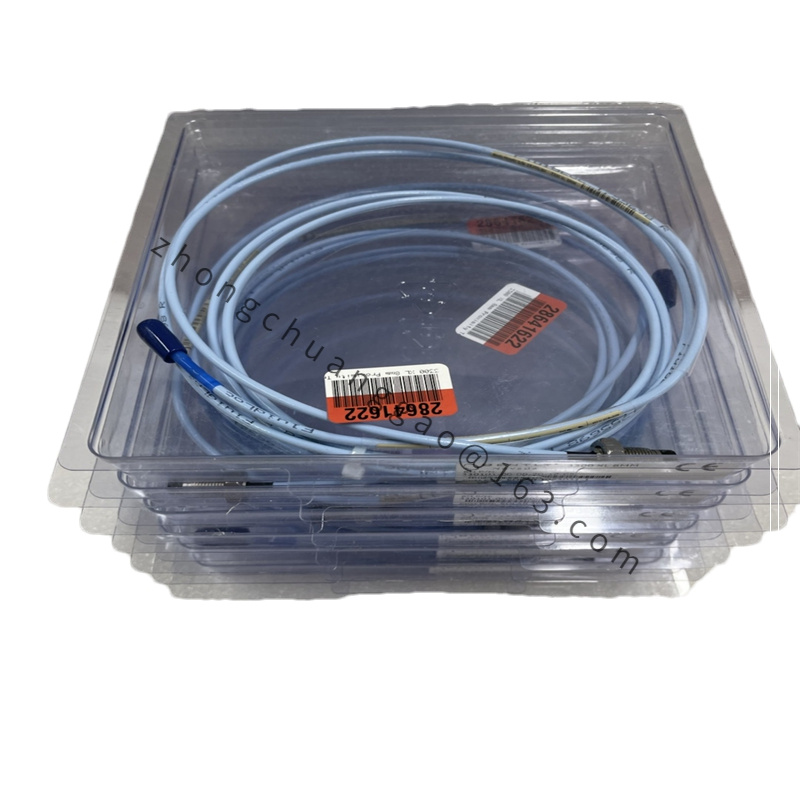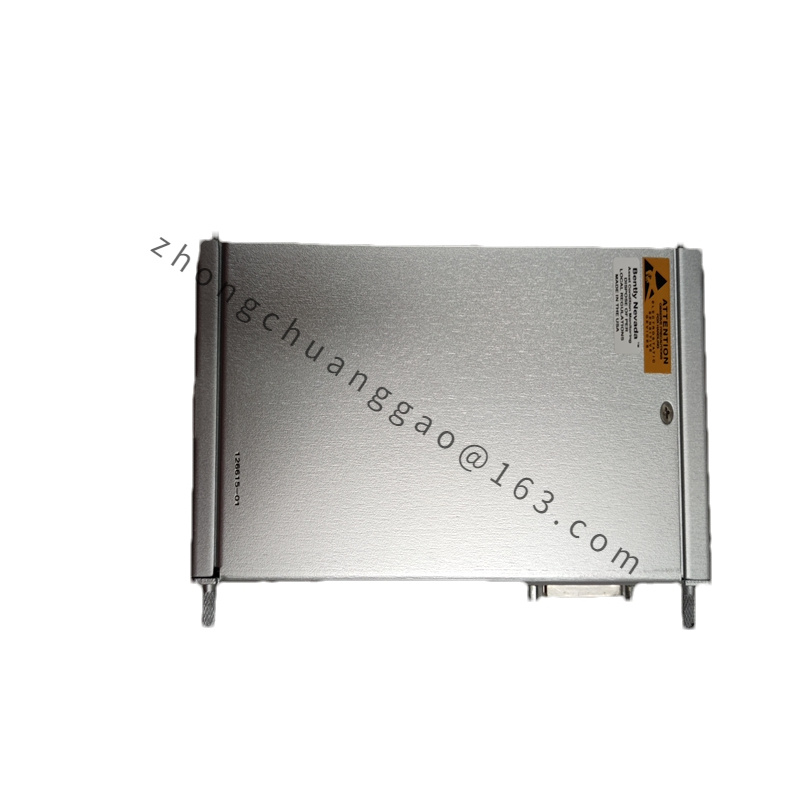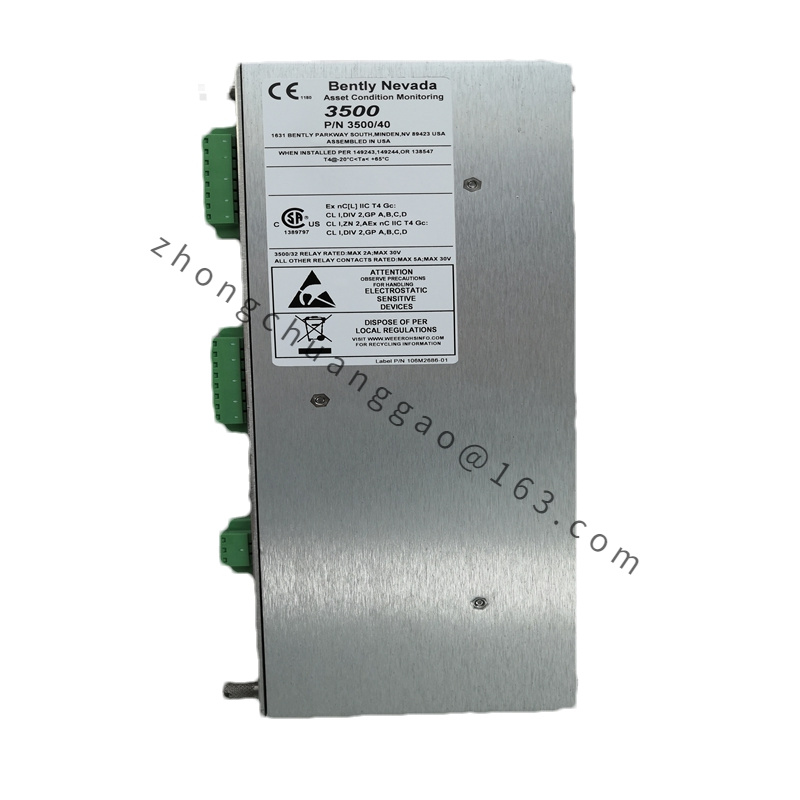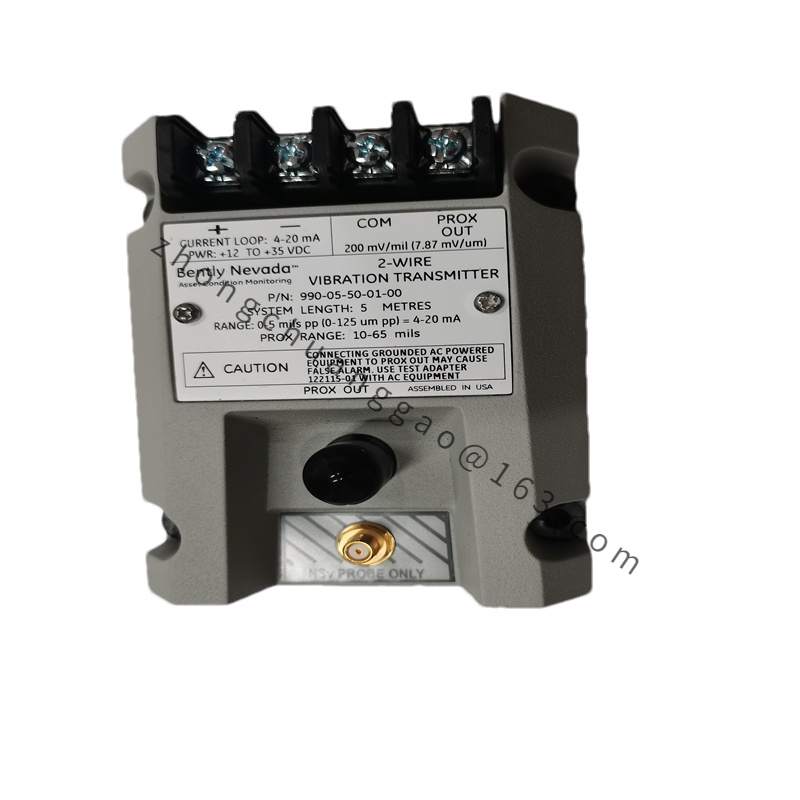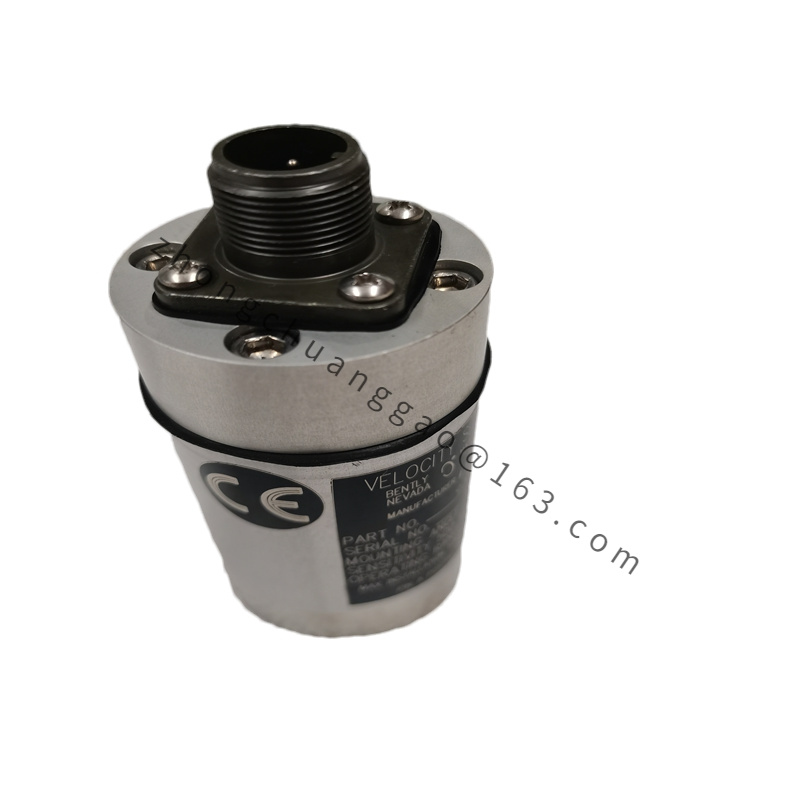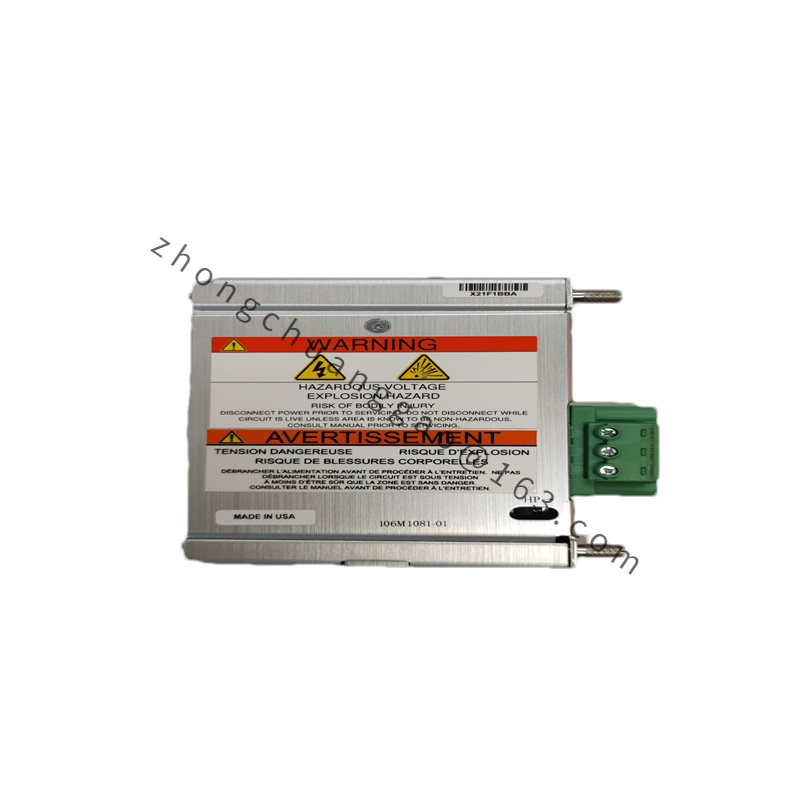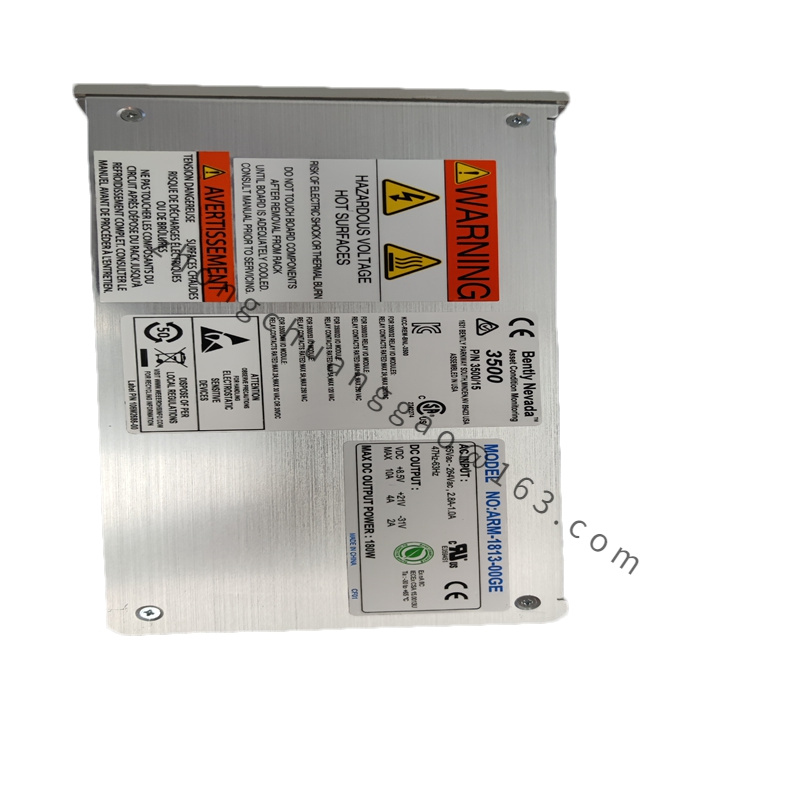Detailed content
Technical Specifications
- Model: Bently 330130-A040-B00-C00
- Type: Vibration Sensor (Accelerometer)
- Measurement Range: This model is designed to measure vibration acceleration with a specific range tailored to its application. Typically, it measures in units such as g (gravitational acceleration) or m/s². The exact range should be confirmed based on the sensor’s detailed datasheet.
- Output Signal: Provides an analog output, often configured as a 4-20 mA current loop signal, which is standard in many industrial monitoring systems.
- Sensitivity: Sensitivity indicates the sensor’s response to vibration and is often specified in mV/g (millivolts per gravitational acceleration). Specific sensitivity details can be found in the sensor’s datasheet.
- Frequency Response: Designed to measure a broad frequency range, including both low and high frequencies, to accommodate various vibration monitoring needs. The exact frequency range is defined by the sensor specifications.
- Operating Temperature Range: Typically operates within a wide temperature range, such as -40°C to +85°C (-40°F to +185°F), allowing it to function reliably in diverse environmental conditions.
- Protection Rating: Usually includes a high protection rating, such as IP67, which ensures the sensor is dust-tight and can resist temporary immersion in water.
Features
- High Precision: Delivers accurate vibration measurements necessary for detecting minor changes and potential issues in machinery.
- Robust Design: Built to endure harsh industrial environments, ensuring long-term durability and reliability.
- Stability: Known for stable and consistent performance, crucial for effective monitoring and analysis over time.
- Compatibility: Compatible with various vibration monitoring and control systems, facilitating integration into existing infrastructure.
Application Scenarios
- Machinery Condition Monitoring: Ideal for monitoring the health of rotating equipment such as motors, pumps, compressors, and turbines. It helps in detecting early signs of wear or malfunction through vibration analysis.
- Predictive Maintenance: Supports predictive maintenance strategies by providing detailed vibration data that helps anticipate equipment failures before they occur, thus reducing downtime and maintenance costs.
- Industrial Automation: Used in automated systems to ensure continuous monitoring of machinery, helping maintain smooth operation and prevent disruptions in production processes.
- Power Generation and Oil & Gas: Applied in critical sectors like power plants and oil & gas facilities to monitor vital equipment and prevent unexpected breakdowns, ensuring operational efficiency and safety.
Usage Considerations
- Installation: Proper installation is crucial for obtaining accurate measurements. Ensure the sensor is mounted in a location where it can effectively measure relevant vibrations.
- Calibration: Regular calibration is necessary to maintain the sensor’s accuracy and performance over time.
- Maintenance: Routine maintenance and inspection of the sensor are important to ensure it remains functional and to address any potential issues.

